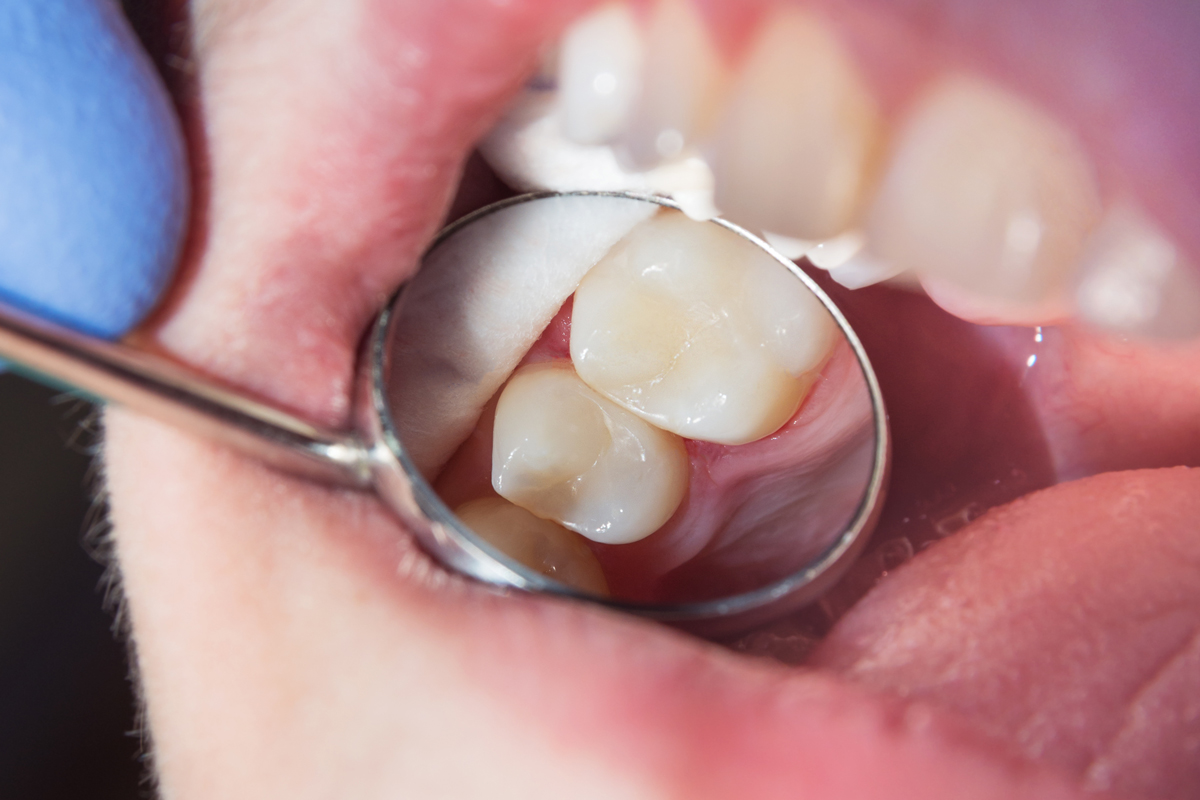Sponsored Content: Solmetex
A maintenance program can help your dental group practice always stay in compliance when it comes to amalgam separation.
According to the Environmental Protection Agency, dental practices are the number one contributor to the discharge of 5 tons of mercury to Publicly-Owned Treatment Works (POTWs) each year, which can ultimately contaminate the water supply.
Mercury is a potent neurotoxin that bioaccumulates in fish and shellfish. Mercury pollution is widespread and a global concern that originates from many diverse sources such as air deposition from municipal and industrial incinerators and combustion of fossil fuels.
What’s required?
Because of this, the EPA requires MOST dental practices install either a ISO 11143:2008 certified amalgam separator or a certified ANSI/ADA Standard No.108 amalgam separator, both at a separation rate of at least 95%. New dental practices have 90 days to install an amalgam separator. Existing dental practices who already have an amalgam separator installed have until July 14, 2024 to install an amalgam separator that meets all the regulation requirements.
Why is there a need for these rules?
More than 103,000 dental practices in the United States use or remove amalgam. Mercury-containing fillings are safe in a solid state in a patient’s mouth. However, once those fillings are drilled out and flushed into the chair-side traps, they then enter the wastewater stream. Mercury entering POTWs frequently partition into the sludge, the solid material that remains after wastewater is treated. From there, the mercury from waste amalgam then makes its way into the environment from the POTW through the incineration, landfilling, or land application of sludge or through surface water discharge.
What do you need?
Your EPA Dental Rule Compliance Checklist:
Amalgam Separator. Regulation requires the use of an ISO 11143 certified amalgam separator with a separation rate of 95% or greater.
Amalgam waste bucket. Regulation requires that all ‘dry’ amalgam waste be collected in a clearly marked amalgam bucket for recycling. Dry waste includes: Contact & non-contact amalgam, teeth with amalgam, chair-side traps, vacuum filters, and spent amalgam capsules.
Vacuum line cleaner. Regulation requires the use of only non-chlorine or non-oxidizing disinfectants with a neutral pH _ 6 and _ 8. [Greater than or equal to 6 and less than or equal to 8.]
Proof of recycling. Regulation requires that dental practices provide amalgam waste recycling records showing name and address of disposal company, plus maintenance and service completed. Records must be kept for at least three years.
How do you ensure your group practice is always in compliance and inspection-ready?
Solmetex’s Maintenance Program is designed to ensure your office is never without a container, bucket or line cleaner – keeping you always in compliance. Solmetex will automatically send your selected products according to your desired schedule, which you can adjust anytime to suit your needs. For more information, contact your dedicated account manager at 877-207-1551 or visit www.solmetex.com.





